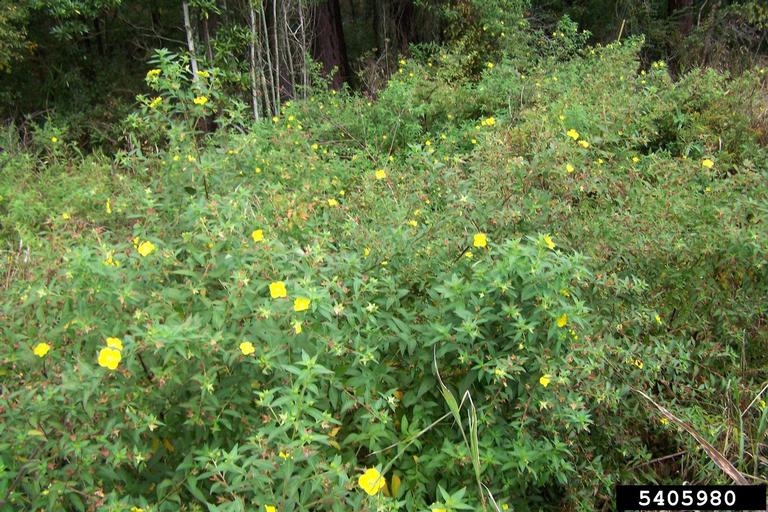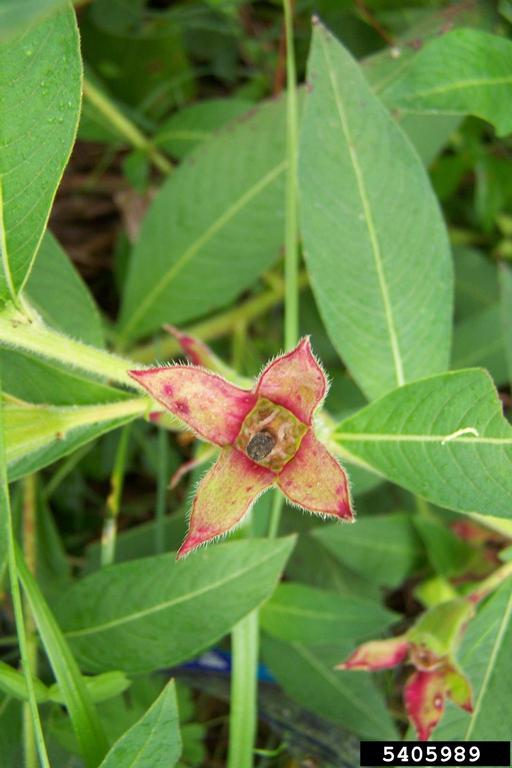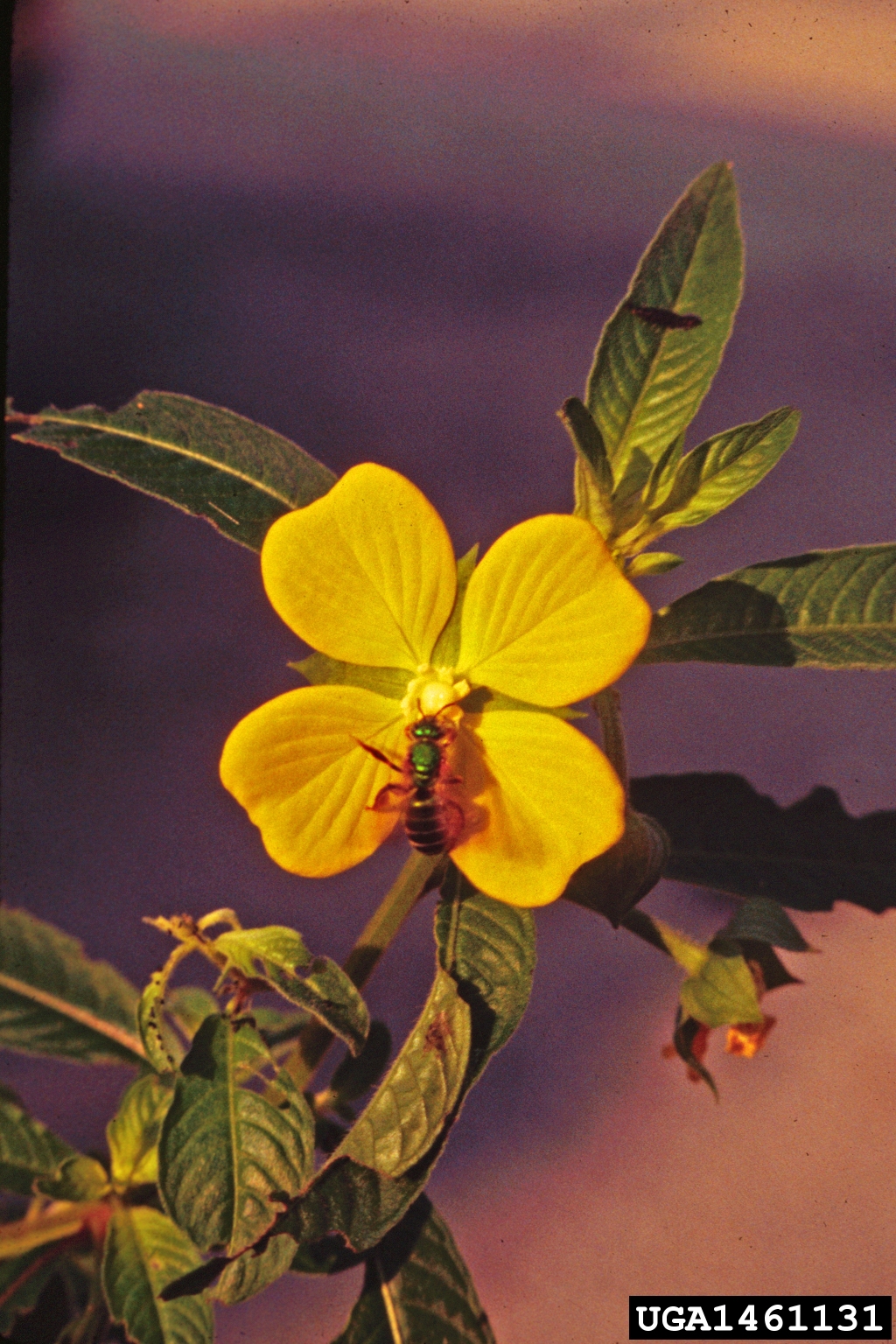
Early Detection Invasive Plant Species of Virginia
Large-flowered Primrose Willow
(Ludwigia grandiflora ssp. hexapetala)
What is the harm?
Large-flowered primrose willow is capable of spreading rapidly through vegetative means, and it exhibits allelopathy that can impact water quality and decrease seedling survival of susceptible native species. This plant also has been shown to cause severe hypoxic and anoxic conditions during summer months, as well as reducing sulfate and nitrate levels, and increasing concentrations of sulfides and phosphates.
What is it?
Large-flowered primrose willow is an emergent herbaceous aquatic species Stems grow 3 feet in height with alternate leaves. Leaves are elongate, lance-shaped or elliptical. Flowers are yellow and 1-2 inches in diameter. It reproduces vegetatively and by seed.
The native range for primrose willow is Central and South America. The first North American record was in 1968 in Tennessee. It is formally classified as invasive in South Carolina and as a noxious weed in North Carolina and Washington.
Large-flowered primrose willow grows in freshwater wetlands, slow-moving streams and rivers, on shorelines of lakes and reservoirs, and in shallow canals and floodplains. It is highly tolerant of fluctuations in water levels.

Where is it now?
Large-flowered primrose willow is a native of South America, found in southern Brazil, Bolivia, northeastern Argentina, Uruguay, and Paraguay. Its only other known range in the world is its nonnative range in the United States, which spans across the southeastern coastal plains in South Carolina, Georgia, northern Florida, Louisiana and as far west as central Texas.
What can be done about it?
Don't accidentally move it and don't plant it.
Fragments of large-flowered primrose willow are easily transported and allow the species to spread and establish clonal colonies in new areas. It is important to properly clean equipment and dispose of plant materials in order to prevent accidental release of the species in new habitats.
You can find alternative species for your water garden with the DCR Native Plant Finder >>

How can I learn more?
Read more about large-flowered primrose willow here >>
Reporting Invasive Species
If you find this or other early detection species, go to our reporting page here >>
 Virginia Invasive Species
Virginia Invasive Species